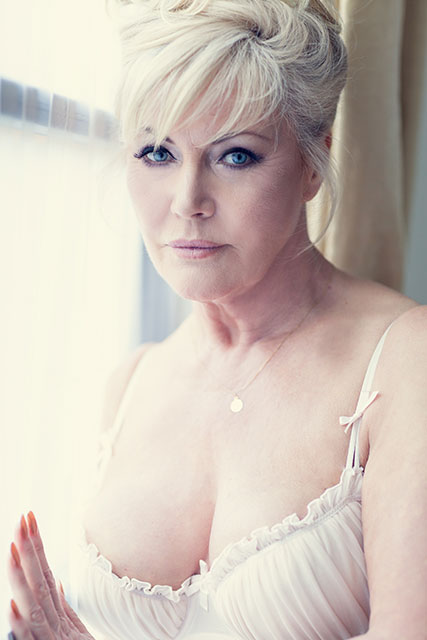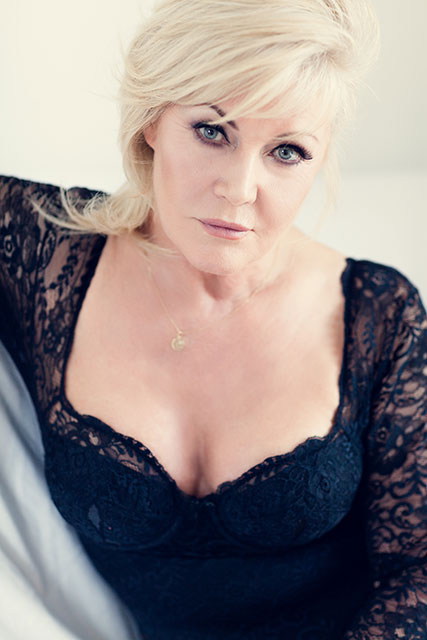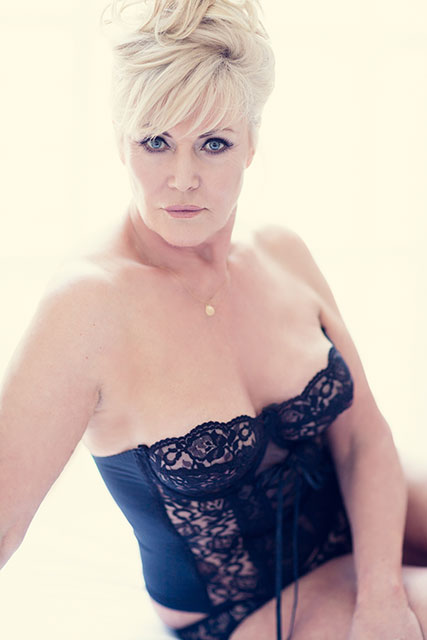The secret behind body image. What Matrix taught me
Matrix is one of my favourite films – and yes, there is only one Matrix.
Neo experiences the Matrix for all his life when suddenly wakes up in a totally different world. The real one.
He soon finds out that his senses had been deceived into believing he was living a real life, but it was just an induced sensory-based experience instead. In short, his experience of what was “real” was a lie.
And what is real if not what you can feel, touch, smell or see? The only thing he could hold on to was his body image.
Residual self-image
When Neo is thrown into the real world he sees himself as he really is for the first time. And he find out that his head and spine are full of plugs.
Despite this new discovery, his “residual self-image” continues to come into play every time he is reinserted into the Matrix. Neo continues to perceive himself as plug-free.
This particular part of the film was a big revelation for me. It unveiled one of the biggest misconception on how we perceive our body image.
The difference between confidence and self-image
Confidence is a state of mind you allow yourself to be when you feel ok. It is like an evening dress that you wear and fits you perfectly when you go out. It is the make up of an irresistible smile or a steady walk. It is the essence of being effortlessly and unapologetically ok with who you are in a given moment.
But the self-image we hold in our mind is much more than just confidence. It is the very essence of what we believe we are and look like.
And I have a big news that came as a shock to me as well.
Our residual self-image looks always awesome, gorgeous and beautiful in our minds. And it stays that way.
If this was not true, why we would be so disappointed or even horrified to see pictures where we do not look like we expect to look? As a result many of us shy away from the camera to avoid further disappointment.
Why are we so ready to accept we are good people and when it comes to our appearance we rarely feel ok?
Deep deep down we have a high consideration of who we are (we of course are good and nice) and how we look like, but we often find it difficult to admit it even to ourselves for fear of sounding too full of ourselves, rude or arrogant.
So we use self-deprecation instead because it feels safe. It is the currency of acceptance in today’s world and the slow death of confidence in the long run.
And this is how we end up talking so unkindly of our own bodies. We do it so often that we end up believing that is actually what we really think.
Back to children’s perception
Children enjoy being who they are because they are true to themselves. If they are happy they smile, if they are sad, they cry. And they move on. They do not have the pressure of demonstrate anything to anybody. They live fearless, free to enjoy life as it is.
Why do things change?
Because we get caught in silly complications, we forget that simple things are the most genuine and beautiful and we get lost along the way. Worst of all, we forget to enjoy the journey.
After a lifetime of looking for an impossible perfection or external happiness, most of us finally realise that what we were looking for had always been in ourselves.
The most beautiful example of this search and discovery is “The Wonderful Wizard of Oz“. A children’s tale.
It is never about how life really is, it is how we experience things that makes life what it is.
And what do you think about your self image? What does it look like?









[…] The secret behind body image. What Matrix taught me […]
[…] The secret behind body image. What Matrix taught me […]